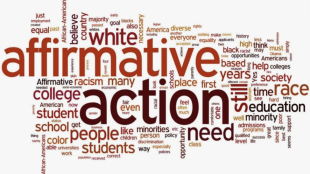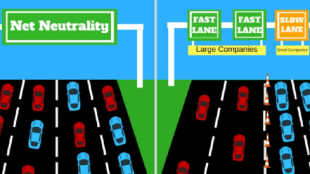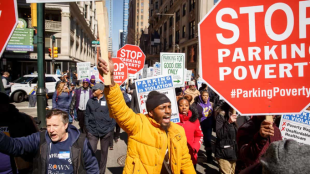Policy Reflection: Should We Affirm Affirmative Action?
(Source) “Life is a marathon, but minority runners often start the race from further back than do whites.” Do you agree or disagree with this quote? How about in the context of higher education? It is no secret that increasing diversity in higher education is a goal for many educational institutions. Affirmative action is one of the main avenues for institutions to strive to achieve this goal. Affirmative action refers to policies that stem from the idea that certain disadvantaged groups should receive preferential treatment based on race and sex. It has been a long-time practice in the higher education admissions process to use affirmative action to help those disadvantaged groups progress educationally and professionally. There are varying views on whether we should consider affirmative action as a form of discrimination, as well as whether it is an unfair practice. Those in favor of affirmative action believe that it helps to ensure that minorities and women have equal access to a college education. Advocates make the argument that this practice benefits campuses and universities because all students will learn “to interact with and respect people who are different from you, skills that are essential to living and working in [read more]










